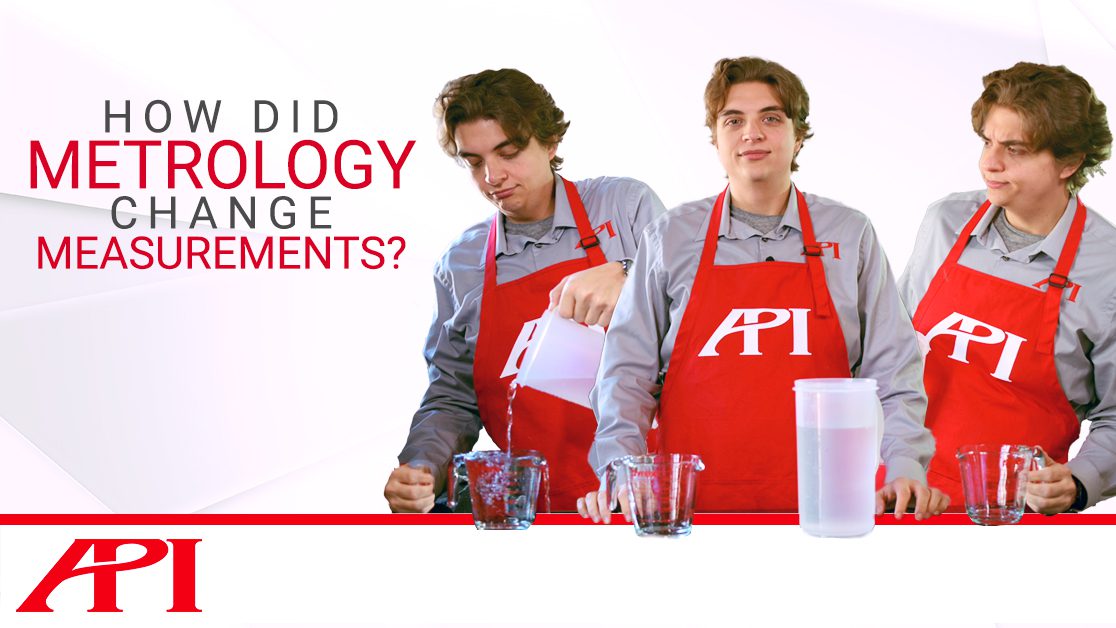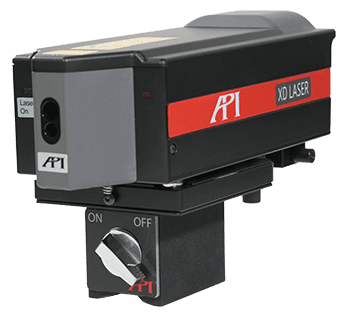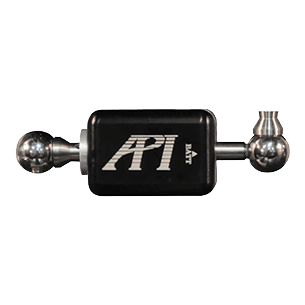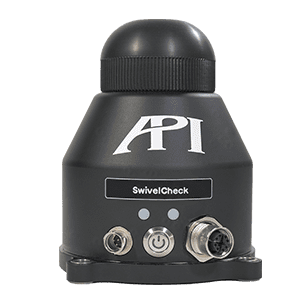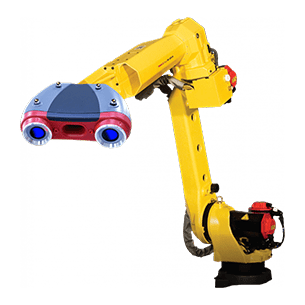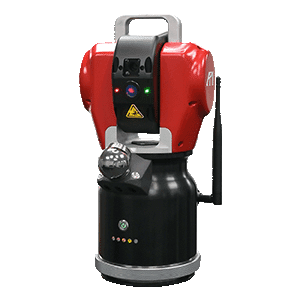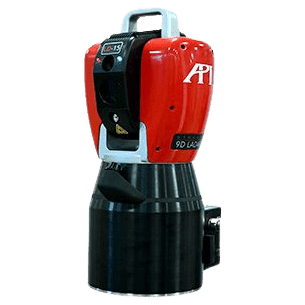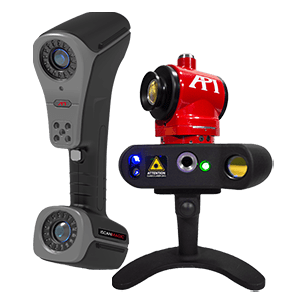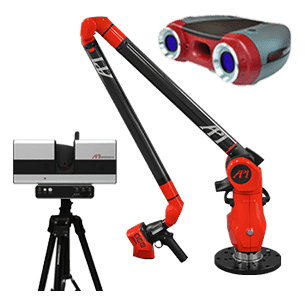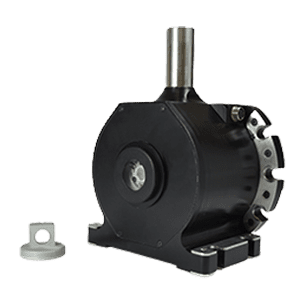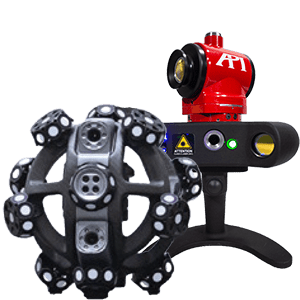What do you think of when you hear the word Metrology?
If you pictured industrial environments with lasers being used to measure precise dimensions, you wouldn’t be wrong. But the scope of Metrology is actually much wider than the narrow, manufacturing-based definition we tend to apply to it. Metrology is very simply, the science of measurement. And we took a deeper look at what that means and the wide-ranging effects it has on our daily lives. Watch below or click here to learn more: https://bit.ly/39uO7gY
Read the Full Video Transcript Below
What if you lived in a world where you couldn’t measure anything? How would you know when to wake up? How would you build something, whether it’s a treehouse in your backyard or an airplane in a factory? How would you know if you’re about to run out of gas? Some measurements we do without thinking because we do them all the time, while others must be taken carefully and precisely. But how do we know how to measure those things to begin with? That’s metrology. And what would a world without metrology actually look like? Let’s take a look.
The word Metrology is usually associated with a high-level field of study that applies to the production and assembly of some of the most delicate and important manufacturing projects. But Metrology is actually a very simple concept (although some might say deceptively so). In fact, we all use some of the fundamentals of Metrology in our daily lives. So, what is Metrology? What are its basic principles, and how do we use it every day?
Put simply, Metrology is the science of measurement. And while high-end modern metrology is used to push the accuracies and definitions of its equipment below the limit of visibility to meet tolerance demands, even the simplest measurement tool in your home is a piece of metrology equipment if it has the three basic components of metrology: unit, measurement, and comparison.
The most fundamental piece of Metrology is the unit. In order to measure something, you must have a way to express how much of the substance there is. Laser Trackers would be useless if the definition of a millimeter changed from one day to the next. For mass, we use the Metric and Imperial systems. For time, we use seconds, minutes, hours, days, and years. For electric current, we use amps and volts. Each one of these units gives us the ability to break a measured substance into evenly sized pieces that we can evaluate.
The second part of Metrology is the ability to measure these units in a real setting. The definition of a micron is wonderful, but impractical unless we have devices that can capture a distance that small. Whether they are Laser Trackers inspecting airplane wings or temperature gauges on a superconductor, metrology equipment must be able to accurately differentiate between the smallest units it is called to measure.
Lastly, Metrology equipment must be able to apply the measured amount to some kind of reference standard. Often, this relates directly back to the unit of measurement, like a Laser Tracker showing the absolute distance of measured X, Y, and Z values, but this can also be when the tracker shows that value in reference to the CAD model and indicates the +/- difference between the two values. Reference standards can also be used to calibrate Metrology equipment and make sure they are maintaining accuracy.
But these are the kinds of high-level examples of Metrology that so often make it seem like an inaccessible field. I told you that we all use these elements of metrology in our daily lives. And if you look, you start to see the three fundamentals of Metrology everywhere. Take for instance, a measuring cup.
It may look simple, but this is one of the purest distillations of metrology equipment you can find. Using the units ounces, cups, and milliliters, it measures the amount of a substance poured into it with direct visual reference lines showing if the cup has too much, too little, or just the right amount inside. And because measuring cups are machined to exact dimensions, their reference points are unchanging and never need to be calibrated.
Tools like these are everywhere in our lives, from the thermostats in our houses to the battery indicators on laptops and tablets to the bar showing how much time is left in this video. And we understand the information these tools give us because of Metrology.
See, Metrology didn’t invent measurements. The study of Metrology has only been around since the 18th Century, but humans have needed to measure things for tens of thousands of years. Before Metrology, measurement was a Wild West where Frontier America, Ancient Rome, and Imperial China all created different definitions of how long their miles were.
Metrology is the story of us developing the discipline to define the way we measure things and standardize the units and equipment, so that measurements taken between rooms or continents would all mean the same thing. In other words, Metrology is why this bartender knows the difference between a pint and a shot glass. I’ll just have a water.
When you consider all the ways Metrology impacts our daily lives, it makes you wonder: what would that world without Metrology today look like?
The definitions and standardization created by Metrology has fueled industrial breakthroughs that have allowed for production and assembly of manufacturing projects on scales and intricacies that we could never have dreamed of hundreds of years ago. But they’ve also had a very direct impact on our daily lives. Gas is sold in standard units. We know how many of those units our car’s tank can hold. We know how far we’ve driven since we last filled up, and we have a gauge in the car that says how much gas is left. And all of that information combined means [The car roars past Daniel, apparently full of gas and possibly enveloping him in a cloud of dust] we’re much less likely to run out of gas on the road.



